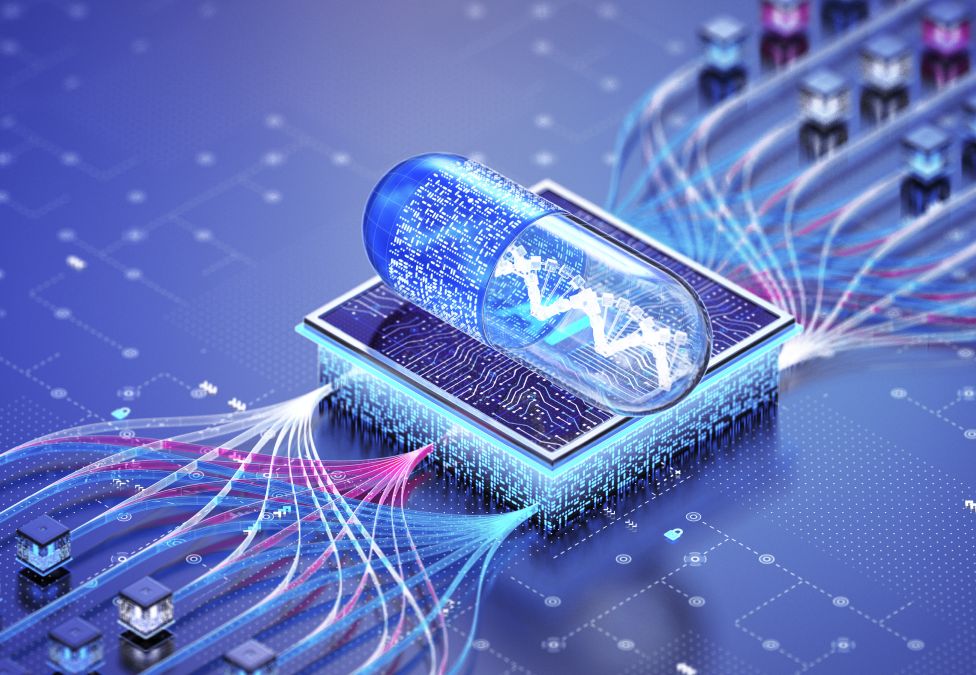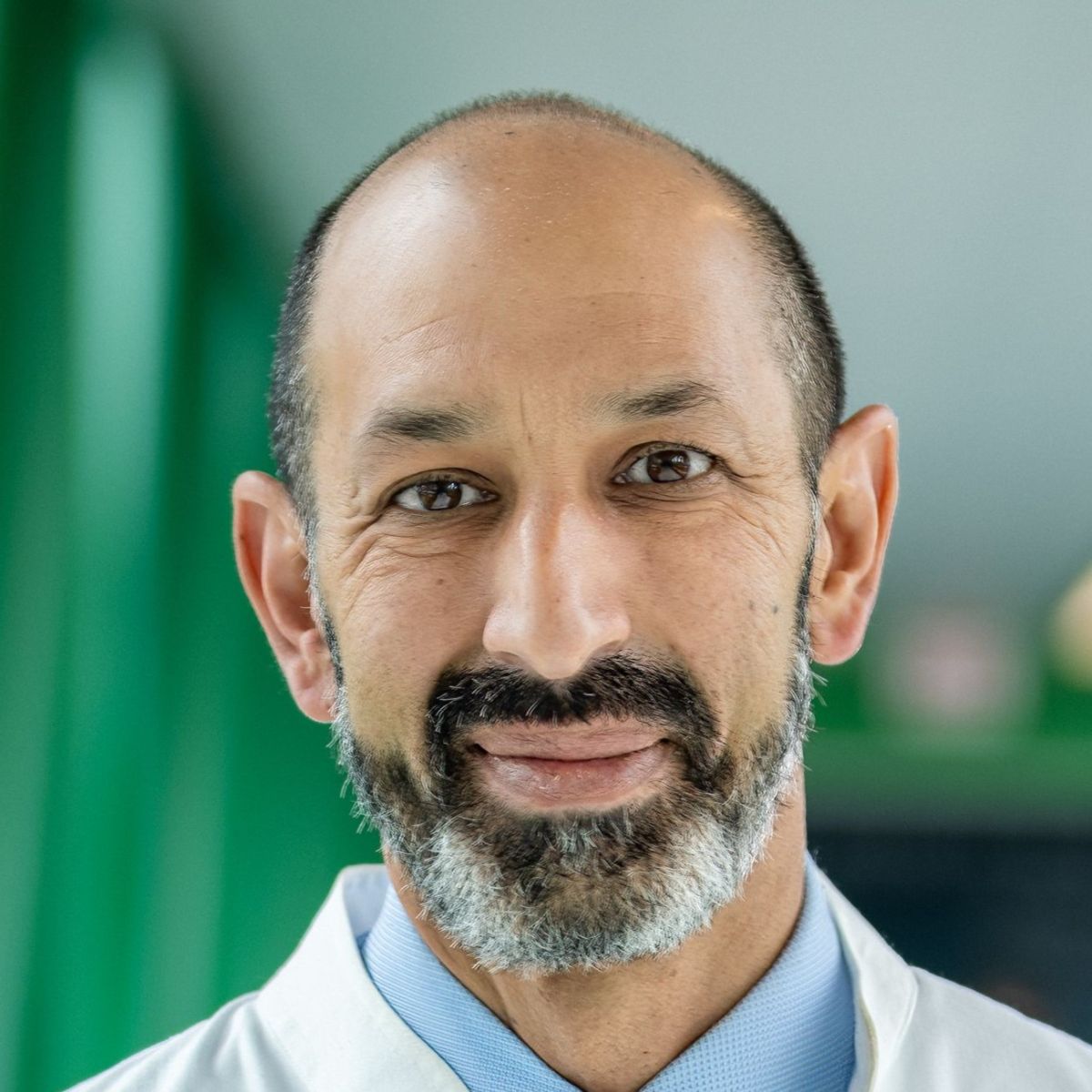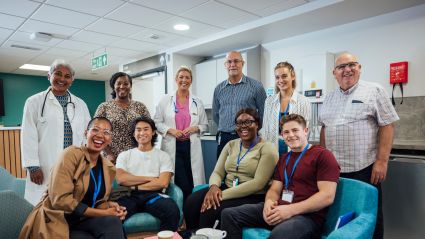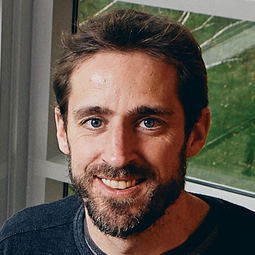
Picture this: A young patient walks into the hospital with what should be a routine infection. But the bacteria resist most antibiotics, having evolved mechanisms to evade them over decades. The few remaining options are limited, expensive, and sometimes toxic. Doctors improvise, racing to find any available alternative, hoping the bacteria will respond. This isn’t a far-off scenario—it’s the daily reality of antimicrobial resistance (AMR), a crisis that already claims more than a million lives each year.
This crisis stems from nearly four decades of insufficient antibiotic research and development (R&D). Antibiotics save lives, but short treatment courses and low generic prices shrink the return on investment. At typical revenues of $50 million a year, it would take over 30 years just to break even on development costs.
Confronted by these economics, one by one, large pharmaceutical companies have walked away, leaving smaller companies to drive progress. Today, more than 80 percent of early antibiotic R&D sits with small biotechnology firms, while larger pharma companies typically join much later, once candidates are further derisked.
Generative artificial intelligence (AI) is beginning to change that dynamic. By fostering partnerships earlier in development, it prioritizes patient needs and economic sustainability, streamlines development, and reenergizes neglected fields like AMR.
Where drug discovery once began with molecules, it can now begin with patients. Instead of screening compounds and then targeting a specific use, with generative AI, small biotech and large pharma partners can collaborate on designing compounds to fit Target Product Profiles from day one—aligned with the infections, populations, and contexts where they’ll address the greatest unmet needs.
In practice, this means AI models stress-test chemical structures against real-world hurdles that cause drugs to fail. Can they be tolerated by the liver and kidneys? Will they be safe for the heart? Can they stay stable in the body long enough to be effective, or reach the right tissues when given orally or intravenously? By embedding these filters into the design, the platform weeds out dead ends early and focuses on compounds with the best chance of helping patients.
Progress comes when innovation and collaboration move together.
The results are striking. Early AI-driven antibiotic efforts have shown up to 16-fold boosts in potency and 10-fold reductions in toxicity, compared to traditional screening. By predicting problems like toxicity or resistance before expensive preclinical work begins, these tools reduce detours, cut false starts, and speed progress. Enabling early validation also makes it easier to bridge the “valley of death” between discovery and clinical trials—where most drugs fail. In antibiotics, current market dynamics leave few pharma partners willing to carry candidates forward, stalling promising programs before they reach patients.
By anchoring discovery in patient-centered goals from the start, generative AI doesn’t just derisk candidates—it makes partnerships more durable. Instead of waiting until late-stage development, large and small players can now move forward together earlier in the process with greater confidence, ensuring promising drugs have a clearer path to patients.
We’ve seen AI enable innovative partnerships that improve patient outcomes in other pockets of health care. In rare diseases, patient groups and biotech firms together are deploying AI to target therapies for small populations that once would have been overlooked. In surgery, doctors and medical technology companies are using AI for real-time decision support and to share operating room data that improve training and outcomes.
Across these examples, the message is the same: Smarter tools create smarter partnerships. Nowhere is this dynamic more urgent—or more illustrative—than in the fight against AMR.
The challenge of AMR is specific, but the lesson is universal: Progress comes when innovation and collaboration move together. This is a defining moment not just for the future of antibiotics but also for the future of drug development.


















